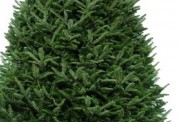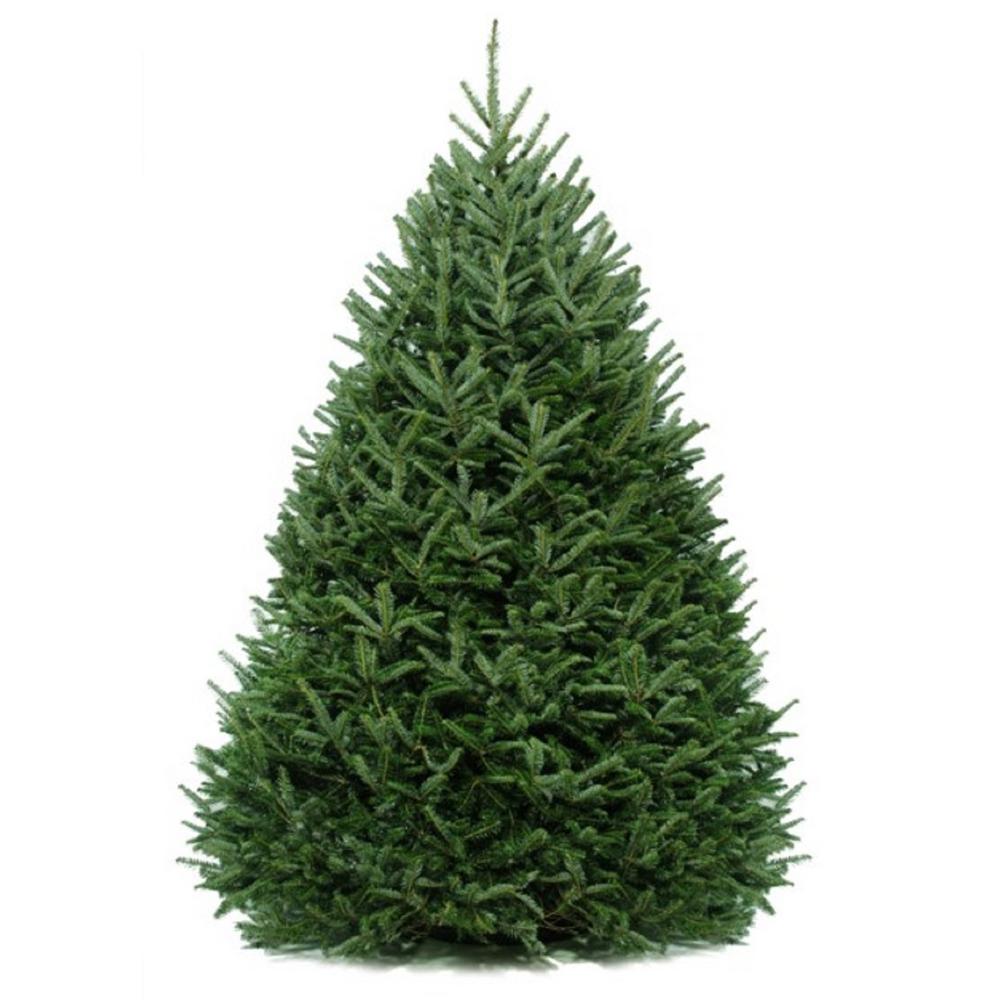Gopal Bill S2901 Passes Through Committee
December 11, 2020
“Brother” Louis J. Carlesimo Jr. 87 of Long Branch passes
December 11, 2020 The State We’re In by Michele S. Byers, Executive Director, New Jersey Conservation Foundation
The State We’re In by Michele S. Byers, Executive Director, New Jersey Conservation Foundation
‘Tis the season to decorate for the holidays, and time to bring home the perfect tree.
But what is the most environmentally friendly tree choice? Cutting down a live evergreen, or sparing the ax and getting an artificial “faux fir?”
Buying an artificial tree may appear to be the most eco-friendly choice, since it can be used for multiple years and helps “save” live trees from being cut.
Paul’s fresh cut Christmas Trees – Best Around!
But artificial trees have a serious environmental drawback: they’re made mostly from plastic, a petroleum byproduct. Manufacturing artificial trees pollutes the environment, and so does transporting them to the U.S. from overseas factories, mainly in China. Every mile the tree travels produces greenhouse gases that contribute to climate change.
Although fake trees can last for years, eventually they get shabby and need to be replaced. Unfortunately, there’s no safe way to dispose of them. Plastics like polyvinyl chloride (PVC) are not biodegradable, so discarded plastic trees take up landfill space for decades … or centuries. Even worse, weathered plastics eventually break down into tiny bits known as microplastics, which pollute water, harm wildlife and can even impact human health. Incinerating plastics is just as bad, polluting the air with toxins and carcinogens.
Cutting down a live tree is a good choice for the environment – especially if trees are grown locally using sustainable, organic practices.
This weeks specials at Fine Fare, The Supermarket with super prices!
Evergreen trees grown on Christmas tree farms are crops planted for the sole purpose of being harvested during the holiday season. In that sense, they’re not much different from cut flowers or stalks of broccoli! Very few evergreens are taken from forests to be sold as Christmas trees.
Buying from a local tree farm near doesn’t create much pollution from transportation, and it supports farmers and the local economy. As a bonus, many of New Jersey’s Christmas tree farms are permanently preserved.
Nothing beats the smell of a freshly-cut evergreen (sorry, scented candles), and wandering a tree farm in search of the perfect Christmas tree is a cherished tradition in many families.
Get your Holiday Desserts from Caputo’s Pastry Shoppe!
Christmas tree farms have ecological benefits. They rebuild soil structure and provide a meadow-type habitat in between the rows of trees. This habitat supports pollinators, small mammals, and seed eating birds, and provides foraging habitat for hawks, owls, and other predators. Compared to suburban development, the tree farm habitat helps to purify air and absorbs carbon dioxide from the atmosphere.
Even though cut trees release stored carbon when they decompose, the meadow grasses and the deeper tree roots left behind build and store organic carbon in the soil, provide for a healthy, rain-absorbing surface that lessens flooding, and can help recharge underground aquifers.
And after the holidays, old Christmas trees are recyclable! With lights and ornaments plucked off and packed away, the trees can be dragged into the woods to serve as shelter for birds and wildlife or chopped into mulch. Old Christmas trees have even been used in several New Jersey shore towns to help build dunes!
There’s one more great way to go even greener: buy a live potted tree that can be planted outside after the holiday! If you do buy a live potted tree, here are some important considerations to keep in mind. Since trees are dormant in the winter, the longer a potted evergreen stays indoors, the more likely it is to “wake up” and begin growing. If that happens, it’s hard to return it to the cold without killing it.
Why Cook? Order from Nunzio’s Pizzeria and Restaurant
Transplanting a live Christmas tree involves a few tricks. You can’t plant a tree if the ground is frozen, so be sure to dig a hole large enough for the root ball in advance. Mid-winter is not the best time for planting, as trees will have difficulty establishing roots, so provide plenty of mulch to keep roots warm. And when choosing a location, bear in mind that today’s petite evergreen could eventually grow to a towering 60 feet tall!
Like all retailers, Christmas tree farmers are taking special precautions this year to prevent the spread of COVID-19, including requiring customers to wear face coverings and maintain social distancing. But because most tree farms cover many acres, it’s easy to have fun amongst the trees.
Whatever you decide, make sure your tree comes from New Jersey; avoid seasonal displays set up outside big-box stores and along highways. According to the New Jersey Christmas Tree Growers Association, many of those trees were cut months ago from places as far away as Canada and stored in refrigerated boxes. They won’t last nearly as long as your fresh-cut tree from a local farm. And you will miss out on a wonderful outdoor tree hunting experience! Why not start a new tradition this year and buy a fresh local tree?
To find a Christmas tree farm near you, visit the New Jersey Christmas Tree Growers Association website at https://njchristmastrees.org/.
And to learn about preserving New Jersey’s land and natural resources, visit the New Jersey Conservation Foundation website at www.njconservation.org or contact me at info@njconservation.org.




